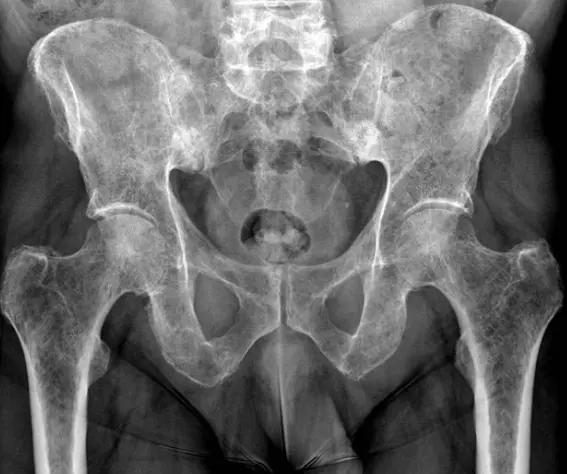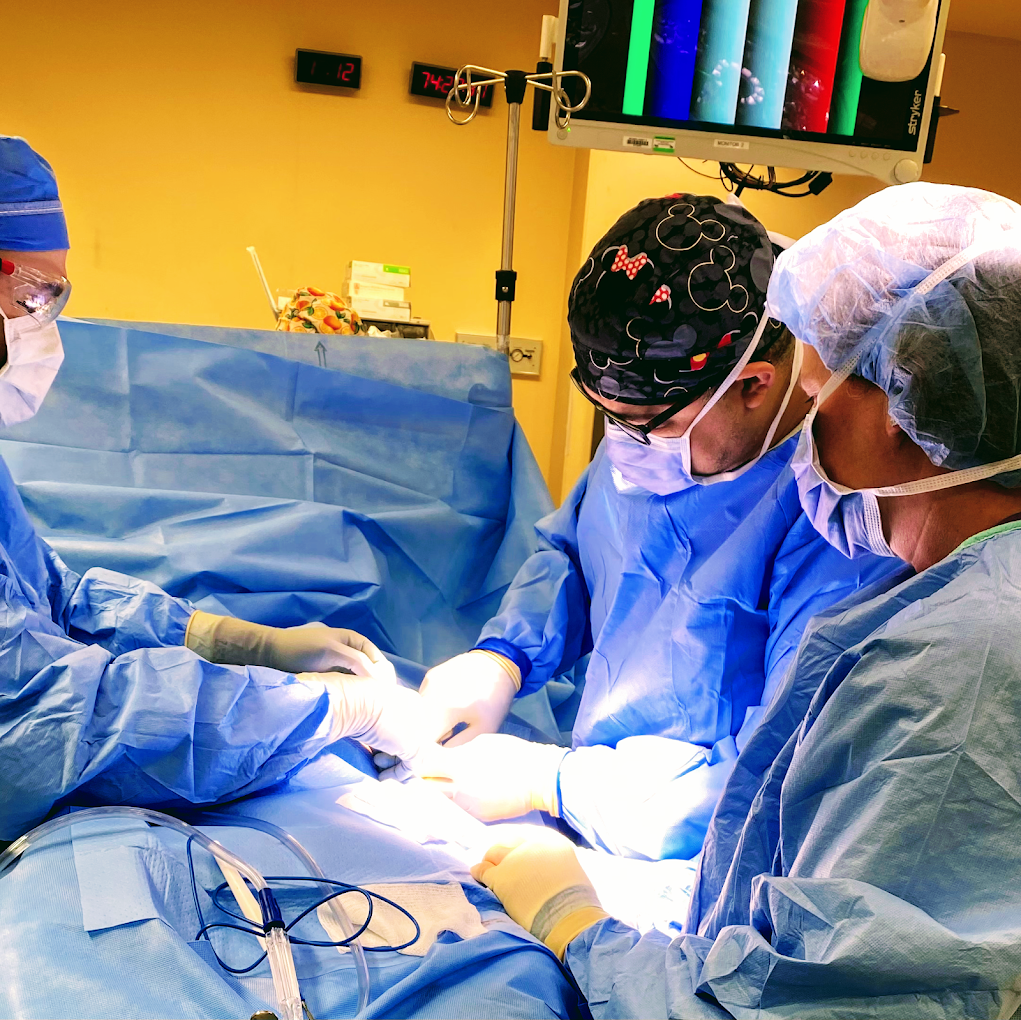Leg pain in multiple myeloma is a serious issue that often signals more than just tired muscles. It usually results from bone damage, nerve involvement, or both. Understanding the causes and treatments of this pain can help you or your loved one find relief.

Why Does Leg Pain Happen in Multiple Myeloma?
The most common reason for leg pain in multiple myeloma is bone disease. Myeloma cells invade the bone marrow and trigger a chemical imbalance. This causes more bone to break down and less bone to rebuild.
The result is fragile bones prone to fractures and weakening. This leads to the development of “osteolytic lesions,” or holes in the bone. When these occur in the legs or hips, they often cause intense pain, especially during movement.
This bone damage increases the risk of fractures and makes the skeletal structure unstable. Many patients experience pain so severe that it disrupts sleep and limits daily activities.
How Nerve Involvement Triggers Leg Pain
Besides bone breakdown, multiple myeloma can lead to nerve-related pain. Expanding lesions sometimes press on nearby nerves, causing sharp or radiating pain, tingling, and numbness. Some patients may notice leg weakness or difficulty walking.
Another mechanism is periosteal nerve sprouting. In this process, new nerve endings grow in response to inflammation. These nerves can be hypersensitive and amplify pain signals.
In some cases, myeloma cells directly invade nerve tissues. Though rare, this can lead to burning or stabbing sensations in the lower extremities.
Diagnostic Tests for Myeloma Leg Pain
To determine the cause of your leg pain, doctors use several imaging tests:
- X-rays show fractures and bone loss
- CT scans reveal more detailed bone structures
- MRIs help identify nerve compression or spinal involvement
Your provider may also order bloodwork and a bone marrow biopsy to evaluate disease activity. Pinpointing the source of the pain helps tailor a more effective treatment plan.

Medical Therapies That Help Relieve Pain
Bone-modifying agents form the foundation of treatment. Drugs like zoledronic acid and pamidronate help slow bone destruction and reduce the risk of fractures. Denosumab, another option, works well for patients with kidney issues.
These medications help stabilize bones and lower pain levels. They’re given through IV infusion or injection and require monitoring. Kidney function and dental health should be checked regularly due to risks like jaw osteonecrosis and kidney injury.
Local Treatments for Myeloma Bone Pain
Radiation therapy provides relief when leg pain is caused by localized lesions or nerve compression. A short course of radiation shrinks tumors and eases inflammation, offering rapid relief in most cases.
When a fracture or instability is present, surgical options become necessary. Kyphoplasty and vertebroplasty help restore strength to vertebrae damaged by the disease. For fractures in long bones like the femur, orthopedic surgeons may use rods or plates to stabilize the limb and reduce pain.
Systemic Myeloma Therapy Reduces Bone Burden
Anti-myeloma medications such as bortezomib and lenalidomide reduce the number of malignant plasma cells. As the tumor shrinks, there’s less pressure on bones and nerves. This indirectly improves pain and can slow the development of new lesions.
Starting systemic therapy early can prevent complications and reduce future episodes of leg pain.
How Pain Medications Fit into the Plan
Many patients benefit from non-opioid medications like acetaminophen or NSAIDs. These are suitable for mild pain but must be used carefully, especially if the patient has kidney disease or stomach issues.
In more severe cases, opioids provide necessary relief. Doctors prescribe them with caution to avoid dependence or side effects. For nerve-related pain, medications like gabapentin, pregabalin, or duloxetine can calm irritated nerves.
Low-dose tricyclic antidepressants may also reduce pain perception and improve sleep quality in patients with chronic symptoms.
Importance of Physical Therapy and Lifestyle Support
Physical therapy helps preserve mobility and build strength. Exercises tailored to each patient’s needs can improve balance, reduce fall risk, and maintain bone health.
Therapists also teach safe movement techniques that prevent further stress on fragile bones. Patients who remain active generally recover faster and experience less discomfort.
Supportive care, including good nutrition and mental health counseling, adds another layer of relief. Treating issues like fatigue and depression helps patients feel stronger and more resilient.
When Surgery Is the Best Option
Some patients develop severe pain or mobility problems that do not improve with medication or radiation. In these cases, surgery may offer the best solution.
Surgical stabilization using rods or plates is often necessary when fractures threaten mobility. Patients with spinal cord or nerve root compression may require urgent decompression to avoid permanent damage.
Minimally invasive procedures like kyphoplasty and vertebroplasty offer faster recovery with less risk. These surgeries restore vertebral strength by injecting medical cement into the weakened bone, which stabilizes it and reduces pain.
Doctors weigh several factors before recommending surgery, including patient health, recovery goals, and disease stage. Timely intervention often leads to better outcomes and quality of life.

New Treatments on the Horizon
Researchers are developing therapies that target the root causes of myeloma bone disease. Drugs like anti-DKK1 and antisclerostin antibodies aim to block bone destruction and promote healing.
These novel agents disrupt the communication between myeloma cells and the bone marrow. By doing so, they prevent the cycle of bone breakdown and nerve injury that leads to pain.
Although not widely available yet, these therapies show promise for the future. Clinical trials continue to test their safety and effectiveness in relieving skeletal pain from multiple myeloma.
Comprehensive Pain Relief with Red Butte Pain Solutions
At Red Butte Pain Solutions, we understand how debilitating leg pain in multiple myeloma can be. That’s why we offer personalized treatment plans tailored to each patient’s condition and goals.
Our team collaborates with your hematologists, oncologists, orthopedic surgeons, and physical therapists to provide well-rounded care. We perform advanced procedures like kyphoplasty, vertebroplasty, and nerve blocks to deliver targeted relief.
We proudly serve patients from Chandler, Tempe, Mesa, Gilbert, Ahwatukee, Sun Lakes, Maricopa, Laveen, and Casa Grande.
Schedule now or call 602-633-4334 to learn how we can help you find relief.
